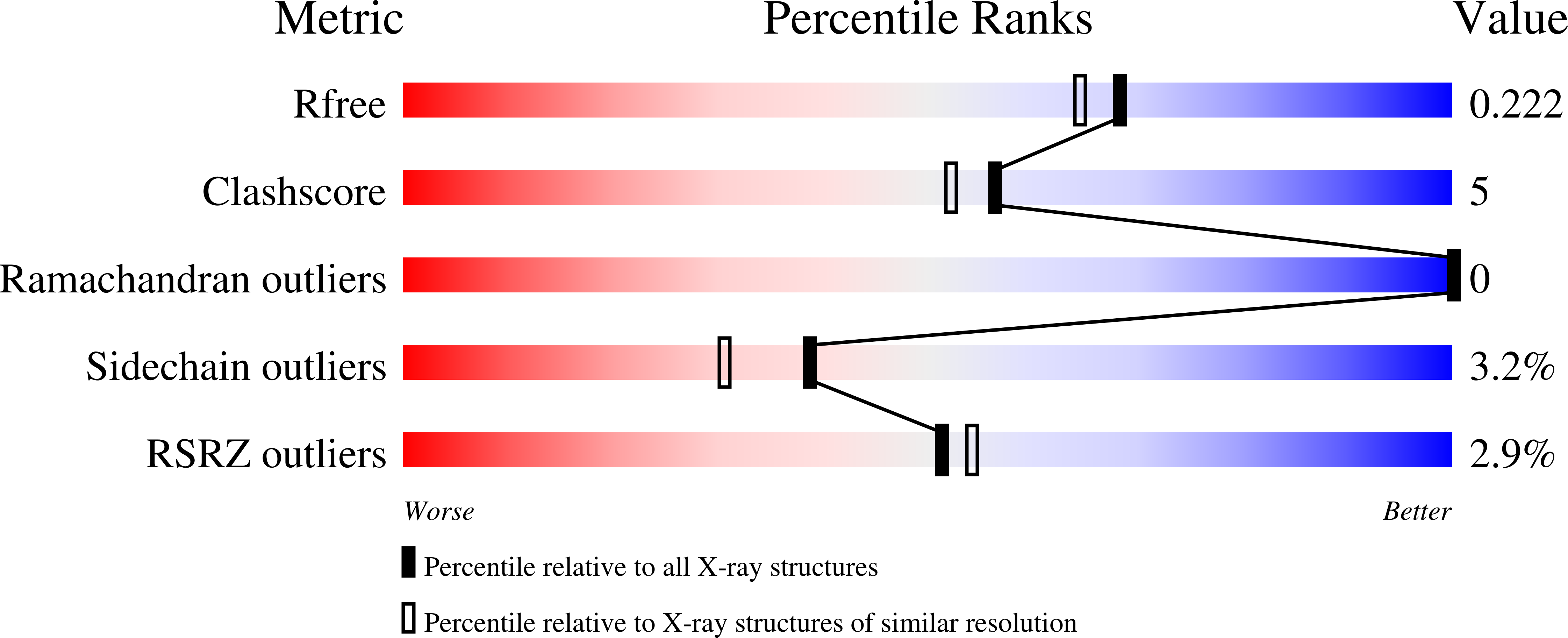
Deposition Date
2021-08-03
Release Date
2022-08-10
Last Version Date
2024-11-13
Entry Detail
PDB ID:
7PC1
Keywords:
Title:
DNA binding domain of partition protein StbA of plasmid R388
Biological Source:
Source Organism:
Escherichia coli K-12 (Taxon ID: 83333)
Host Organism:
Method Details:
Experimental Method:
Resolution:
1.90 Å
R-Value Free:
0.22
R-Value Work:
0.20
R-Value Observed:
0.20
Space Group:
P 31


